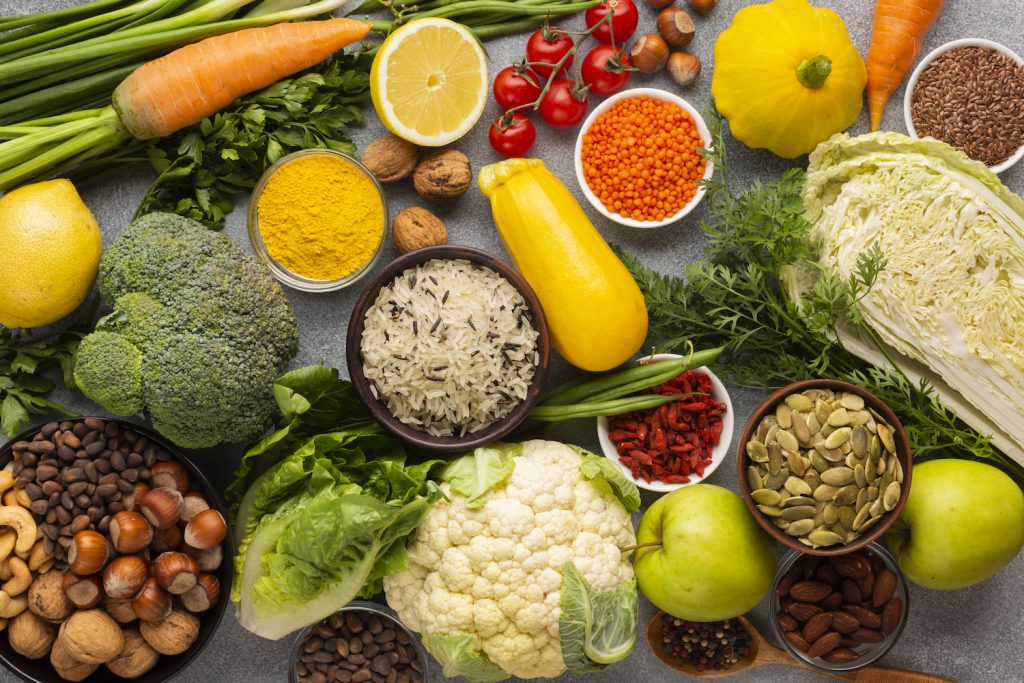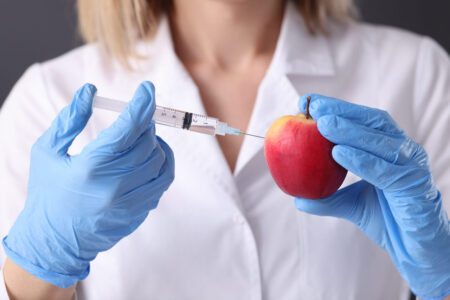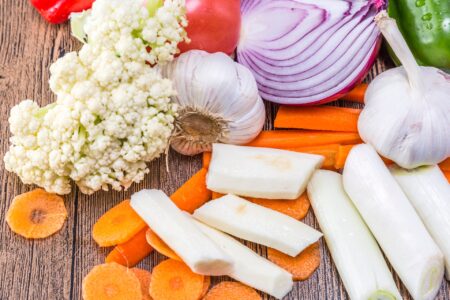When you see something delicious and your mouth starts watering, it may not be your appetite, but the bacteria living in your stomach are craving that delicacy and trying to entice you to eat it. In a way, this situation can even be comforting – we can blame someone else for our appetites. However, being a victim of manipulation is not nice either.
What is microbiota?
How can bacteria influence what happens in our brain?
The balance of the microbiota is important for us
Summary
Your gut is home to an army of bacteria and microorganisms, 10 to 15 times more than the rest of your body's cells. One of their jobs is to break down food, but their impact on your well-being, health, disease, and even appetite is significant.
These intestinal bacteria are abundant both in number and species. Some like fat, to others sugar, to third parties high in fiber grains and vegetables. The more diverse the community in our intestines, the better for our health.
There are also bacteria that love broccoli. When was the last time you craved broccoli? If you can't remember, they're probably dead. The ones you feed will survive, and you tend to make your dietary choices based on the desires of those surviving bacteria.
But don't despair. Bacteria have a significant impact on us, but we can also influence them. For example, if we eat less sugar, the sugar-loving bacteria don't have enough food and their population decreases, which also reduces our cravings for sweets. It also works the other way around. For example, if we eat more broccoli, the colony of broccoli-loving bacteria gradually recovers and we eventually feel like eating broccoli.
The microorganisms that live in the stomach, or more broadly, the digestive tract, are called microbiota. Let's get to know them better.
What is microbiota?
The microbiota is large in number and diverse in species, consisting of more than a thousand different species of microorganisms. Since our food comes mainly from the store and is relatively sterile, the diversity of our microbiota is lower compared to before.
Low species richness is associated with obesity, a weaker immune system and a higher risk of illness, and poorer mental health. The overgrowth of one type of bacteria affects our diet and well-being, causing unhealthy cravings.
How do we take care of such an important companion, on whom our health and well-being depend so much?
The microbiota feeds on fiber. Much of the fiber is indigestible to your body, but it is very important to the microbiota. Fiber is fuel for the bacteria, and in return, they produce short-chain fatty acids from the fiber, which repair damage to your intestinal walls.
Unfortunately, Estonians eat too little. fiberGet used to foods with higher fiber content, such as oatmeal, legumes, and prefer whole grain versions over white flour products.
Fruits and vegetables are also quite good sources of fiber and are also rich in polyphenols, which are also food for healthy bacteria. Berries are particularly rich sources of polyphenols. A good rule of thumb is to eat five different colored plants every day. This ensures a balanced cocktail of polyphenols and vitamins.
If you care at all about your microbiota, you will offer it some fermented drink or food every day. Fermented foods like sauerkraut and cucumbers or drinks like kefir, yogurt and kombucha are natural foods for good bacteria. These foods are more commonly known as prebiotics and help keep your gut healthy.
Be very careful with antibiotics. As the name suggests, they are antibacterial agents that may be necessary to fight infection, but unfortunately they also kill good and necessary bacteria, which has a strong impact on the health and activity of the microbiota.
Probiotics are especially worth trying after a course of antibiotics. They are “good bacteria in a jar” that help the microbiota recover faster.
In addition to antibiotics, highly processed foods, which tend to contain too much fat, sugar, additives, and are packaged in bacteria-resistant packaging, have a negative impact on the microbiota. Studies show that consuming such foods affects the balance of the microbiota, which increases the risk of various diseases and creates cravings for unhealthy foods.
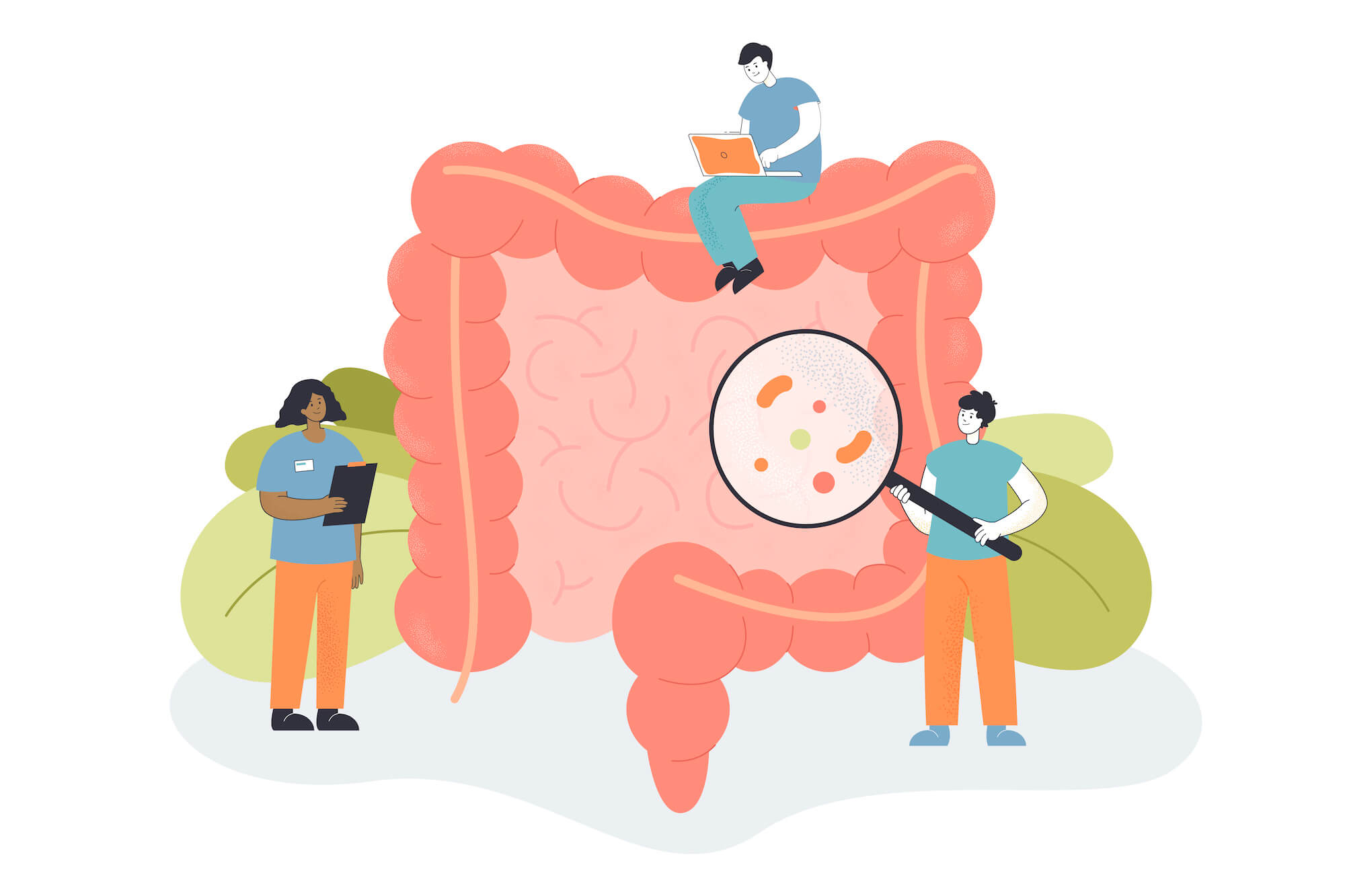
How can bacteria influence what happens in our brain?
Have you heard of a second brain? That's what our enteric nervous system is affectionately called. It's made up of two thin layers of nerve cells that line the walls of our digestive system from the pharynx to the rectum. The enteric nervous system has a direct connection to the brain, so the moment you put something in your mouth, your brain knows what it is.
The idea that bacteria in the gut send signals directly to the brain may seem parascientific at first glance. In fact, the gut's nervous system communicates with the brain both physically and chemically, and in both directions. In one direction, the microbiota's cravings for certain foods reach us, and in the other, our emotions reach the stomach, causing butterflies in the stomach or, in some cases, painful cramps.
The main information channel between the stomach and the brain is the vagus nerve, through which the necessary information moves. In addition to the vagus nerve, there are several hormones and messengers that move important information between what is happening in the digestive system and the brain through chemical processes. It is through these chemical messages that intestinal bacteria can send their desires to our consciousness.
The balance of the microbiota is important for us
To illustrate how important the balance and health of the microbiota are for health, I will give an example of a study conducted among identical twins. It is known that identical twins are genetically very similar. This helps researchers rule out genetic variation and isolate the variables under study. In this case, differences in the microbiota. The study found a strong relationship between the diversity of microbiota and obesity. The subjects with a more diverse microbiota were significantly slimmer and healthier than their twin sister or brother.
Additionally, it has been found that obese people have significantly more of a certain type of bacteria than slimmer people. The type of bacteria that promotes obesity is very good at releasing energy from food. Understandably, the proliferation of such bacteria can lead to a situation where an obese person releases more energy from the same food than a slim person.
A group of researchers put obese subjects on a diet for a year, and as they lost weight, their microbiota became more similar to that of lean people.
Summary
Think of your microbiota as a sensitive and important pet that works for you every day and whose well-being depends on your health and well-being. We live in symbiosis with your microbiota, but we are still different organisms. If you have or have had a pet that you care for, you don't feed it what you love, you feed it what it likes. Think of your microbiota in the same way. So what if you don't like high-fiber foods, you have to eat them for the sake of the microbiota. You have to feed your microbiota food that it likes. Fortunately, you don't have to chew your dog's food yourself so that it can eat it, but you do when you feed your microbiota. The good news is that if you're consistent enough, you'll hopefully start to like these foods more over time.

Allan Randlepp
NutritionistAllan is a nutritionist and trainer whose favorite topics are lifestyle and longevity, including nutrition and physical activity.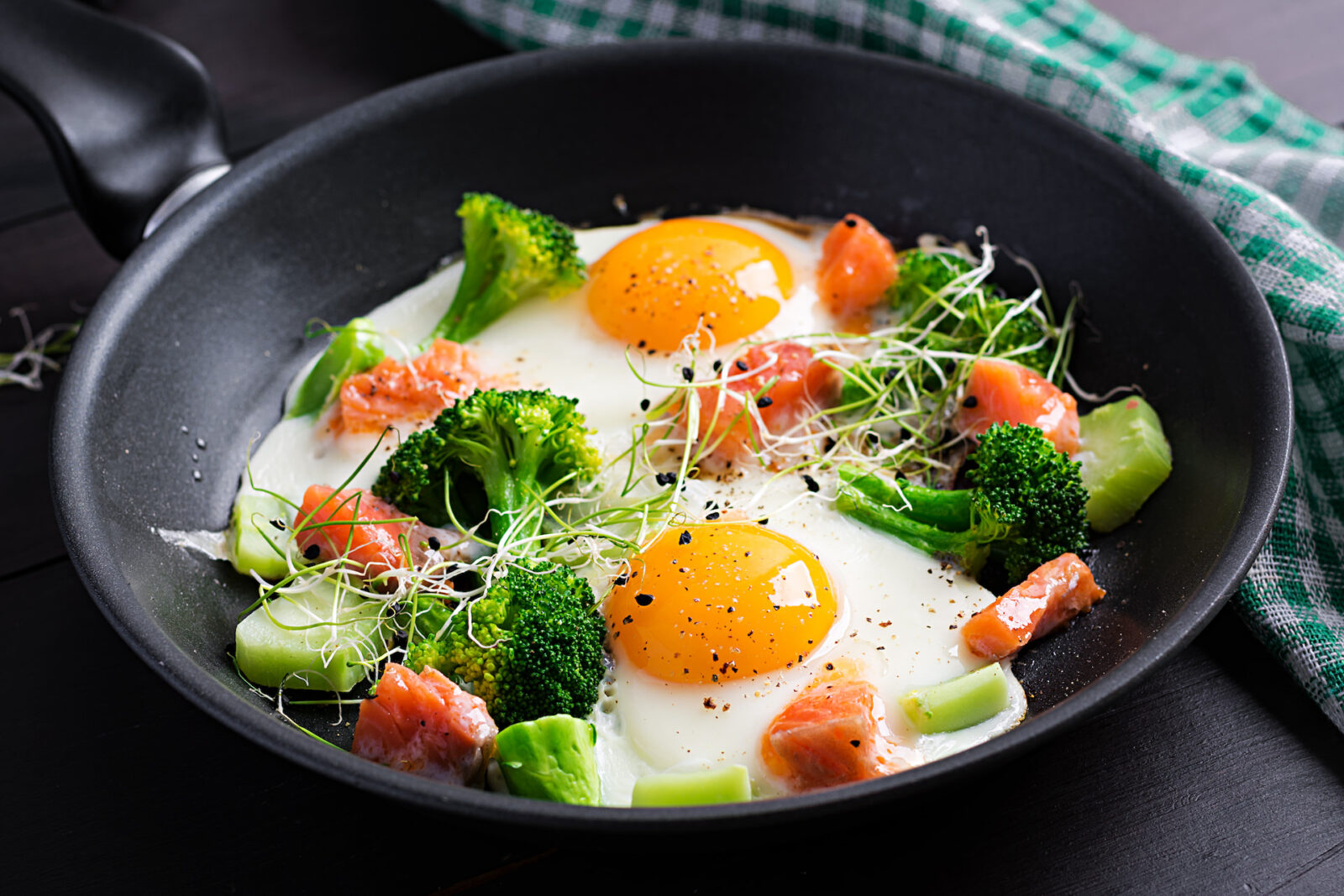
What do keto diet advocates not tell you?


